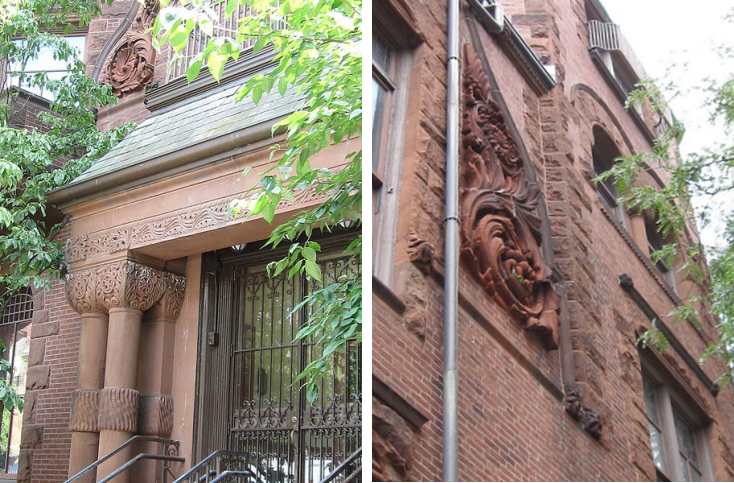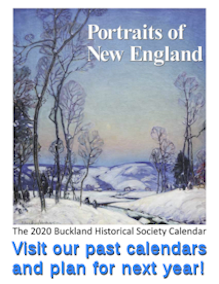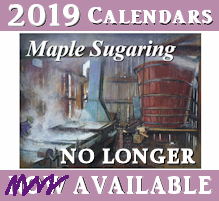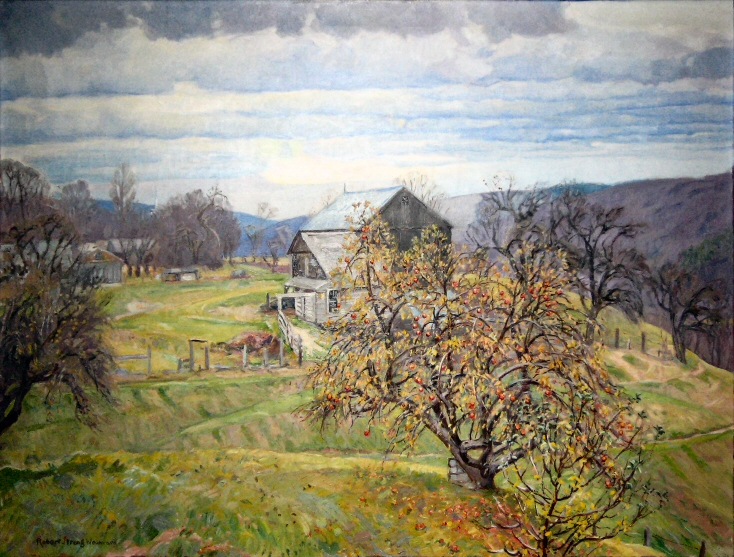Quick Reference
October 18 through November 2
Boston Art Club Galleries
Boston, MA
1 - Oil
1 - Chalk
N/A
New England Artist
| Exhibition: | Paintings by New England Artists, 1919 |
| Sponser: | Boston Art Club |
RSW's Diary Comments
None.
Additional Notes
 The Boston Art Club was first conceived in Boston in 1854 with the
consolidation of efforts between local artists, including Benjamin Champney, Alfred Ordway, Samuel Lancaster
Gerry and Walter Brackett. Their desire was to form a democratic organization where the European tradition
of independent, master-artists would be replaced with cooperation in the promotion, sale and education of art.
However, this exhibit series broke from those values by including "modern" artist with the traditional. See Below
The Boston Art Club was first conceived in Boston in 1854 with the
consolidation of efforts between local artists, including Benjamin Champney, Alfred Ordway, Samuel Lancaster
Gerry and Walter Brackett. Their desire was to form a democratic organization where the European tradition
of independent, master-artists would be replaced with cooperation in the promotion, sale and education of art.
However, this exhibit series broke from those values by including "modern" artist with the traditional. See Below
A brief descrption of the origin and eventual demise of this event...
"The best description of this eventual conflict in the Club was written, again, by Nancy Jarzombek, '"In 1917 (Charles Hovey) Pepper became Director of the Exhibitions Committee, and he put his friends Charles Hopkinson and Harley Perkins on the committee. Together they proceeded to exhibit the work by traditional painters shoulder to shoulder with paintings by more modern artists. In the fall of 1918 Pepper initiated the New England Artists' Series, an annual exhibition of young, little-known but talented artists. Pepper's efforts were applauded by some of Boston's most important critics. The general public thought otherwise.... It couldn't last. In 1928 the Art Club fired the entire Exhibitions Committee. The embroglio involved even the Governor of Massachusetts, Alvan T. Fuller, who was a Member of the Art Club and who placed himself on the new Exhibition Committee."'
Source: Wikipedia- Boston Art Club





